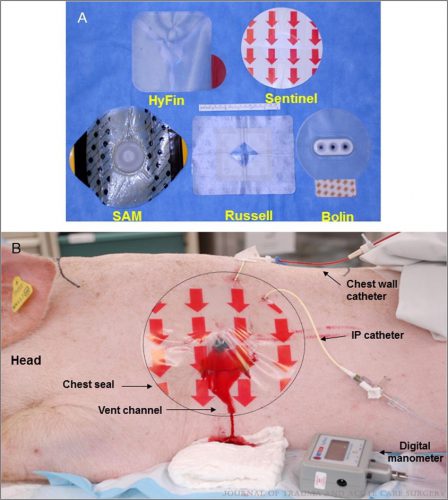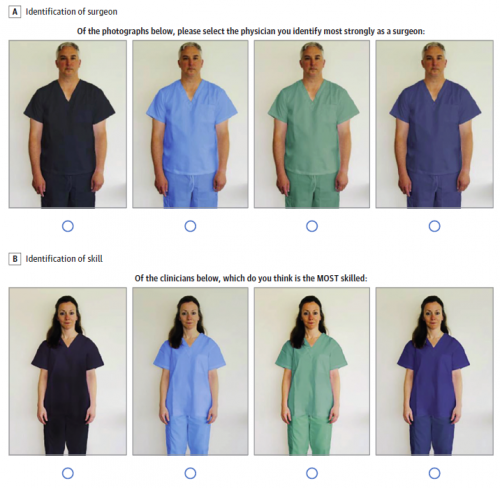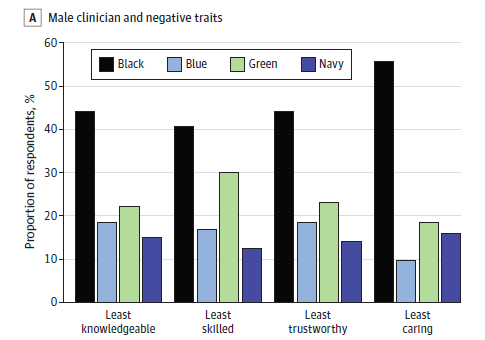
Back in the old, old days, there was really no such thing as nursing malpractice. Nurses had little true responsibility, and liability largely fell to the treating physicians. But as nursing responsibilities have grown, they have become an integral part of the assessment, planning, and management of their patients.
As all trauma professionals know, our work is very complex. And unfortunately, our understanding of how the human body works and responds to injury is still incomplete. So, unfortunately, undesirable things happen from time to time.
But does every little adverse event or complication mean that someone is at fault? Or that they can/should be sued? Fortunately, the answer is no.
The law is complex, at least to professionals outside the legal field. Following are the basics of malpractice as it relates to nurses.
There are four elements that must be present for a malpractice case to be brought forward:
- The nurse must have established a nurse-patient relationship. Documentation provided by the nurse or other providers in the medical record must demonstrate that they were in some way involved in care of the patient.
- A scope of duty must be established within the relationship. For example, an ICU nurse will have duties relating to examining the patient, recording vital signs, reporting significant events to physicians, etc. The exact duties may vary somewhat geographically and even between individual hospitals. Written policies help to clarify some of these duties, but often, experts are required to testify to what the usual standards of care are when not covered by policy.
- There must be a departure from what is called “good and accepted practice.” The definition of this leaves a lot of wiggle room. It is defined as the care that an ordinarily prudent nurse would have provided in the given situation. It does not need to be the optimum or best care. And if there is more than one approved choice, a nurse is not negligent if they choose either of them, even if it later turns out to be a poorer choice.
- Finally, there must be a cause-effect relationship between the nurse’s action and the patient’s alleged injury. This linkage must be more than a possibility, it must be highly probable. For example, wound infections occur after a given percentage of operations, and it varies based on the wound classification. It’s a tough sell to bring suit for improper dressing care in a grossly contaminated wound that is likely to become infected anyway. Typically, expert witnesses must attest to the fact that the patient was, more likely than not, harmed by the nurse’s action or inaction.
Tune in to my next post for Part 2 of Nursing Malpractice!




